-
EYEVAN 7285 SunglassesEyevan MenEyevan SunglassesEYEVAN SunglassesEyevan WomenMenMetalRound SunglassesSilver
Eyevan 186R 43 800 Silver / Dark Blue
€ 615,00The Eyevan 186R is inspired by 40’s British military wear buckle. This model use the original manufacturing method called “Hidden screw hole”. Flat lens design.
-
EYEVAN 7285 SunglassesEyevan MenEYEVAN SunglassesEyevan SunglassesEyevan WomenMenMetalRound SunglassesSilver
Eyevan 186R 43 801 Grey / Lt Grey
€ 615,00The Eyevan 186R is inspired by 40’s British military wear buckle. This model use the original manufacturing method called “Hidden screw hole”. Flat lens design.
-
EYEVAN 7285 SunglassesEyevan MenEyevan SunglassesEYEVAN SunglassesEyevan WomenMenMetalRound SunglassesSilver
Eyevan 186R 43 900 MD / Black
€ 615,00The Eyevan 186R is inspired by 40’s British military wear buckle. This model use the original manufacturing method called “Hidden screw hole”. Flat lens design.
-
EYEVAN 7285 SunglassesEyevan MenEYEVAN SunglassesEyevan SunglassesEyevan WomenMenMetalRound SunglassesSilver
Eyevan 186R 43 901 Grey G15
€ 615,00The Eyevan 186R is inspired by 40’s British military wear buckle. This model use the original manufacturing method called “Hidden screw hole”. Flat lens design.
-
EYEVAN 7285 SunglassesEyevan MenEyevan SunglassesEYEVAN SunglassesEyevan WomenMenMetalRound SunglassesSilver
Eyevan 193 47 800-G Silver
€ 590,00Contemporary, minimal round titanium frame with flat lens design, dark green G15 lens.
-
EYEVAN 7285 SunglassesEyevan MenEyevan SunglassesEYEVAN SunglassesEyevan WomenGoldMenMetalRound Sunglasses
Eyevan 193 47 902-G Light Gold
€ 590,00Contemporary, minimal round titanium frame with flat lens design, grey lens.
-
AcetateBlackEYEVAN 7285 SunglassesEyevan MenEyevan SunglassesEYEVAN SunglassesEyevan WomenMenRectangle Sunglasses
Eyevan 359E 48 100-G Matte Black / MD Grey
€ 525,00A model more faithfully reproduced the American vintage of the 1950’s, which was the design source for EYEVAN 7285 masterpiece model 319.
-
AcetateBlackEYEVAN 7285 SunglassesEyevan MenEyevan SunglassesEYEVAN SunglassesEyevan WomenMenRectangle Sunglasses
Eyevan 359E 48 100-G Matte Black / SM BLU
€ 525,00A model more faithfully reproduced the American vintage of the 1950’s, which was the design source for EYEVAN 7285 masterpiece model 319.
-
AcetateBlackEYEVAN 7285 SunglassesEyevan MenEyevan SunglassesEYEVAN SunglassesEyevan WomenMenRectangle Sunglasses
Eyevan 359E 48 112-G Matte Black / MD BK
€ 525,00A model more faithfully reproduced the American vintage of the 1950’s, which was the design source for EYEVAN 7285 masterpiece model 319.
-
AcetateEYEVAN 7285 SunglassesEyevan MenEYEVAN SunglassesEyevan SunglassesEyevan WomenMenRectangle SunglassesTortoise
Eyevan 359E 48 Tortoise 348-G / DK G15
€ 525,00A model more faithfully reproduced the American vintage of the 1950’s, which was the design source for EYEVAN 7285 masterpiece model 319. Glossy Tortoise Shell
-
Aviator SunglassesEyevan MenEyevan SunglassesEYEVAN SunglassesEyevan WomenMenMetalRectangle SunglassesSilver
Eyevan DAZZLING 51 Brushed Copper / Pink
€ 485,00A model more featuring a W-bridge, which reinforces the front from the front and back, is a design inspired by American vintage.
-
Aviator SunglassesEyevan MenEyevan SunglassesEYEVAN SunglassesEyevan WomenGoldMenMetalRectangle Sunglasses
Eyevan DAZZLING 51 Brushed Gold / Purple
€ 485,00A model more featuring a W-bridge, which reinforces the front from the front and back, is a design inspired by American vintage.
-
Aviator SunglassesEyevan MenEyevan SunglassesEYEVAN SunglassesEyevan WomenGoldMenMetalRectangle Sunglasses
Eyevan DAZZLING 51 Gold / Light Brown
€ 495,00A model more featuring a W-bridge, which reinforces the front from the front and back, is a design inspired by American vintage.
-
Eyevan LUMINOUS 50 Black / Black
€ 400,00A unisex vintage panto frame, french inspired from the early 50’s that Le Corbusier wore.





-
Eyevan LUMINOUS 50 Green / Grey
€ 400,00A unisex vintage panto frame, french inspired from the early 50’s that Le Corbusier wore.





-
Eyevan LUMINOUS 50 Sand / Light Grey
€ 400,00A unisex vintage panto frame, french inspired from the early 50’s that Le Corbusier wore.





-
Eyevan LUMINOUS 50 Tortoise / Olive
€ 400,00A unisex vintage panto frame, french inspired from the early 50’s that Le Corbusier wore.





-
AcetateAllBlackBlueEyevan MenEyevan SunglassesEYEVAN SunglassesEyevan WomenMenRectangle Sunglasseswomen
Eyevan Hank – Black
€ 395,00Inspired by American vintage, is a Wellington (rectangular) with polarized lens.




-
AcetateAllEyevan MenEyevan SunglassesEYEVAN SunglassesEyevan WomenGreenMenRound SunglasseswomenYellow
Eyevan Lubin – Mor.C / Green
€ 375,00Eyevan Lubin is a unisex, 6mm acetate crown panto sunglasses




-
Eyevan Sadler – 47 Brownish Pink / Brown
€ 400,00Eyevan Sadler is a fleshy front inspired by French vintage. Unisex sunglasses.



-
Eyevan Sadler – Tortoise / Blue
€ 400,00Eyevan Sadler is a fleshy front inspired by French vintage. Unisex sunglasses.



-
Eyevan Japan
In 1972, Kensuke Ishizu founded Eyevan with the concept of “eyewear for dressing as a fashion accessory”. EYEVAN was born as Japan’s first self-proclaimed fashion eyewear brand. With factories placed in the legendary area of Fukui, Eyevan is part of a traditional Japanese sunglasses tradition. This historic place has become the third-largest manufacturer of sunglasses in the world.
The design reflects the style and serenity of Japanese culture and the precision of craftsmanship that has been recognized and renowned worldwide. These are the core elements that lie at the heart of these amazing products that focus on the fun of wearing glasses as a fashion accessory. Eyevan has since then begun a journey across the sea and out to the world starting 1985, with the aesthetic eye of one eyewear store in Los Angeles. With the US launch, Eyevan was de facto internationally acclaimed and popularized.
Eyevan sunglasses: Luxurious craftsmanship in timeless design
Now, with experience and achievements cultivated over more than a quarter of a century, the hands of master Japanese craftsmen have put forth the latest technology, dressed in style. This is visible with the newest 7285 collection. With this, Eyevan has managed to create products that exceed beyond excellence.
A classic born anew. Eyevan introduces handmade traditional Japanese sunglasses merged with modern designs. The sunglasses from Eyevan are a piece of art, a fashion statement. With this, Eyevan fashion sunglasses embody the traditional eyewear design and style with a dash of modernity.
Learn much more about Japanese sunglasses & styles in our journal.
History of Eyevan
1972
Yamamoto Bojin Megane Co., Ltd. established EYEVAN Inc.
The eyewear brand EYEVAN started under the oversight of Kensuke Ishizu,
with the concept of being fashion glasses complementing the brand VAN JACKET.
They also moved into the production of general eyeglass frames.
1976
EYEVAN hosted the “EYEVAN Fashion Seminar” as an educational event for eyeglass stores.
1980
Yamamoto Bojin Megane Co., Ltd., renamed its company “Yamamoto Kogaku Co. Ltd.”
1985
Yamamoto Kogaku Co. Ltd. merged its eyeglass business with its head office,
also merging EYEVAN Inc., and founded
Optec Japan Corporation, with headquarters in Sabae City in Fukui Prefecture.
This marked the start of manufacturing general eyeglass frames and sunglasses.
1985
EYEVAN exhibited at Opti Fair West, held in Anaheim, USA, and caught the eye of the
Los Angeles eyeglass store “Oliver Peoples”, beginning its expansion into the USA.
1989
Obtained licensing agreement for the manufacture and sale of glasses
with Oliver Peoples Inc. in Los Angeles, USA.
1992
A number of foreign celebrities fell in love with EYEVAN.
The celebrity Madonna was featured wearing EYEVAN glasses in the US culture magazine PEOPLE.
1995
Oliver Peoples Tokyo Gallery opened in Aoyama, Tokyo.
1998
With the reorganization of the Yamamoto Kogaku Group, Optec Japan Corporation
takes independent management over from Yamamoto Kogaku Co. Ltd.
2003
Temporary pause in the development of the eyewear brand EYEVAN.
2007
Opened eyewear specialty store “EYEVAN Tokyo Midtown” at Tokyo Midtown in Roppongi, Tokyo.
2013
Established eyewear brand “EYEVAN 7285”,
combining fashion and product, continuing the philosophical drive of EYEVAN.
2013
“EYEVAN 7285” received requests from select stores and markets abroad
such as “colette” in Paris and “Bergdorf Goodman” in New York,
earning itself the spotlight of worldwide attention.
2013
Tetsuji Yamamoto, President and CEO, is appointed Chairman of the Board.
Noriyuki Yamamoto, Senior Managing Director, is appointed President and CEO.
2017
Opened flagship store “EYEVAN 7285 TOKYO” for the “EYEVAN 7285” brand, in Aoyama, Tokyo.
2017
Established the “10 eyevan” brand,
composed of 10 special parts, based on the concept of “a beautiful tool”.
2017
Established the lifestyle eyewear brand “Eyevol”, combining fashionability and functionality.
The flagship store “Eyevol Tokyo Store” was opened in Aoyama, Tokyo.
2018
Eyewear brand “EYEVAN” is relaunched, gaining new life. Announced a capsule collection.
Sabae City
Sabae City, Fukui Prefecture. Its name is known around the world. It is known as the “City of Glasses”. Just the label, “Made in Sabae” alone is an absolute guarantee of quality. Like Naples’ dress shirts, Northampton’s leather shoes, or Islay’s malt whiskey, it is a place bound inseparably from the product it produces. History, climate, tradition, craftsman, custom, innovation, pride. Manpower, labor and time is not normally found together in one place like it is here. This city pours forth something truly special. That is what it means to be a renowned place.
Naturally, Eyevan glasses are also made somewhere in this town. In 1972, Eyevan started as an original product launched as “Eyewear for dressing as a fashion accessory” with VAN’s Kensuke Ishizu. They were later discovered by Oliver Peoples in the USA in 1985, and then restarted in 2018 with a capsule collection composed of 6 models. Throughout their history, all have been made here, in Sabae, a town narrow in width from north to south and surrounded by mountains. They are testimony to the high-quality products Sabae produces. That is the background from which Eyevan are born.
“There is no numerical indicator as to how perfect they can be. Are they as beautiful as expected? Are they shining as they should? That’s all there is to it”.
Several polishing machines hum in a factory we visit. Other than that, the only sound you can hear is the local radio flowing from an aged speaker. A craftsman who silently polishes different metal parts of various manufacturers and brands brought to him speaks about his work. Not too cool, not overly passionate, he speaks tranquilly about the crafting of eyewear, as if he were speaking about the appearance of the sky and the day’s weather. There are other factories specializing in polishing in Sabae too, and there as well you’ll find a similar atmosphere amongst the craftsmen. It seems slightly strange.
Titanium alloy, which is superior in rigidity and is light weight as well, is the main component for metal parts used in modern Japanese glasses. Processing and polishing are difficult, and slight polishing residue or burrs cause peeling in the plating. For metal frame products, it is a fatal flaw. However, there is no numerical value to ensure quality. It is entrusted to the craftsman to judge by the way it feels in their hands – “It is shining properly”.
There is also another side of Sabae, a city of craftsmen, to be seen. More than numeric measurement, they go by feel and shine. The beautiful finish of the plating after processing is something one must see. Quality is entrusted to master technique and the senses. It may not apply to mass-produced goods, produced through large capital investment and manufactured in lots of tens of thousands, but when it comes to craft items, made through craftsmen’s hands, when it comes to Sabae glasses, sensation, rather than statistical measurement is appropriate
“We will create new technologies and develop new processing machines if we see it is necessary to make more beautiful eyeglasses”.
There is a factory producing metal frames that boasts it is one of the best in Sabae city. Here, almost all processes other than plating are performed as a set, from design to mold making, cutting, polishing, pressing, welding, brazing, and assembly. There are approximately 80 employees all differing in age and sex. Everyone joins the company inexperienced, and becomes a specialist in one of these processes.
No matter how complicated or delicate the designs, when it comes to glasses, rest assured that they can be made here. Daily production is 1000 units. The glasses are of numerous manufacturers and brands, selling based on quality and beauty, both in Japan and abroad. Eyevan is one of them.
Since its founding in 1931, it has ceaselessly pushed its evolution, accumulating technology and experience, making the production of this product line possible. The “development of new processing machines” mentioned above is an example of that. The latest is a machine for caulking. Prior, the rivet used to secure the hinge was driven in, but now has been made to screw in. The difference in finish is something so slight you may not notice unless it is pointed out to you. The machines are made to attain beauty that can not be achieved by man. Such beauty is unobtainable other than in this city of craftsmen.
“Designs are flat plans on paper. It is my job to fill in the margins in my head, imagine curves and make it three-dimensional. Do you need experience to do that? That’s only logical. But, I have been making glasses since the age of 17…”
How are eyeglasses made? It is understood that the designs drawn on paper are the basis. They show the glasses from the top and front, as well as from the left and right. So how about when you look at them diagonally? How does curve of the front connect on the left and right sides? To be honest, even the person who drew the design often does not know clearly. Sometimes the front and the left and right do not even connect well. In other words, it is impossible to create a mold without filling in what’s not in the design. That is why this little factory is here. A craftsman who creates a prototype based on the design is here. From design to prototype, the form factor of Eyevan was also decided here.
The material for prototyping is a soft metal plate. Parts are cut out and bent by hand, connecting the shapes shown on paper, filling in aspects not apparent in the design with imagination. If necessary, three dimensional parts that curve are sometimes cut out after being imagined in two dimensions. The appearance of the glasses is clearly established here. It is intimidating because the impression of the glasses changes dramatically depending on the craftsman working on the project. If one explains it in terms of the world of tailored clothing, one might call the craftsmen “pattern designers”. Knowledge, experience, technical skill, and sensibility are called into play. They each carry that heavy responsibility. One may seem young when you hear that they are 35 years old, but they have cultivated experience creating eyeglasses for nearly 20 years. Their prowess has been forged.
Approximately 100 years ago, Gozaemon Masunaga brought the technique of manufacturing glasses to Sabae from Osaka. Starting out as a side job to supplement work in the agricultural off season, the people of Sabae developed their own ingenuity and trained, leading them to where they are today. And so now you should be able to grasp the essence of this town, with its rich background, advanced technology, and numerous craftsmen.
It is in this town you will find Eyevan, eyewear which is comparatively delicate and occasionally requires intricate work to create. There, techniques and handicraft live together with craftsmen who plate, and engraving craftsmen who manually engrave their designs (it is said only one single such craftsman remains). It may seem like an overstatement to say that Eyevan holds the essence of Sabae. Nonetheless, they are the glasses inheriting the town’s history and carrying it anew into the future.
What our ambassadors say about us
6 November 2023
28 Aug 2023
30 Apr 2023
6 Apr 2022
3 Apr 2023
10 May 2023
30 June 2023
25 June 2023
20 February 2023
6 March 2024
2 April 2024
Im so glad that I ordered my Matsuda sunglasses from Sun of Japan. The website was easy to use, the glasses competitively priced, and the process from start to finish was seamless. Excellent communication and the glasses arrived very quickly. They were nicely wrapped and included a handwritten thank you note. The quality is excellent.
31 March 2024
Subscribe & Get 10% OFF your first purchase
Be the first to get all the news
Subscription details in the privacy policy
Copyright © Sun Of Japan. All rights reserved.


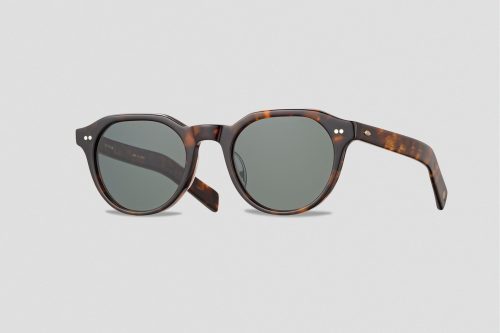
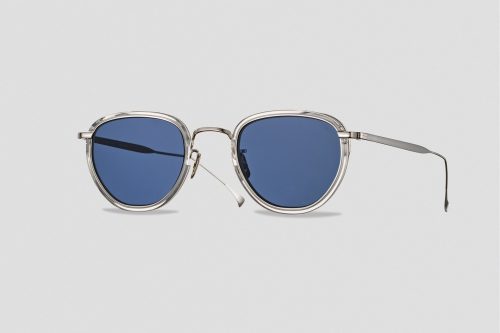
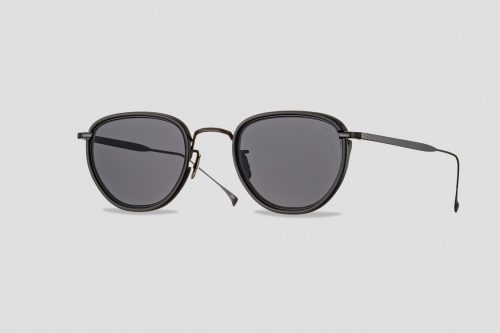
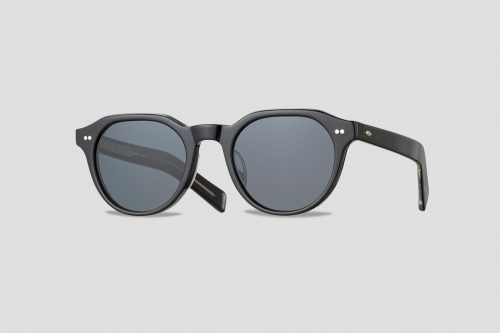
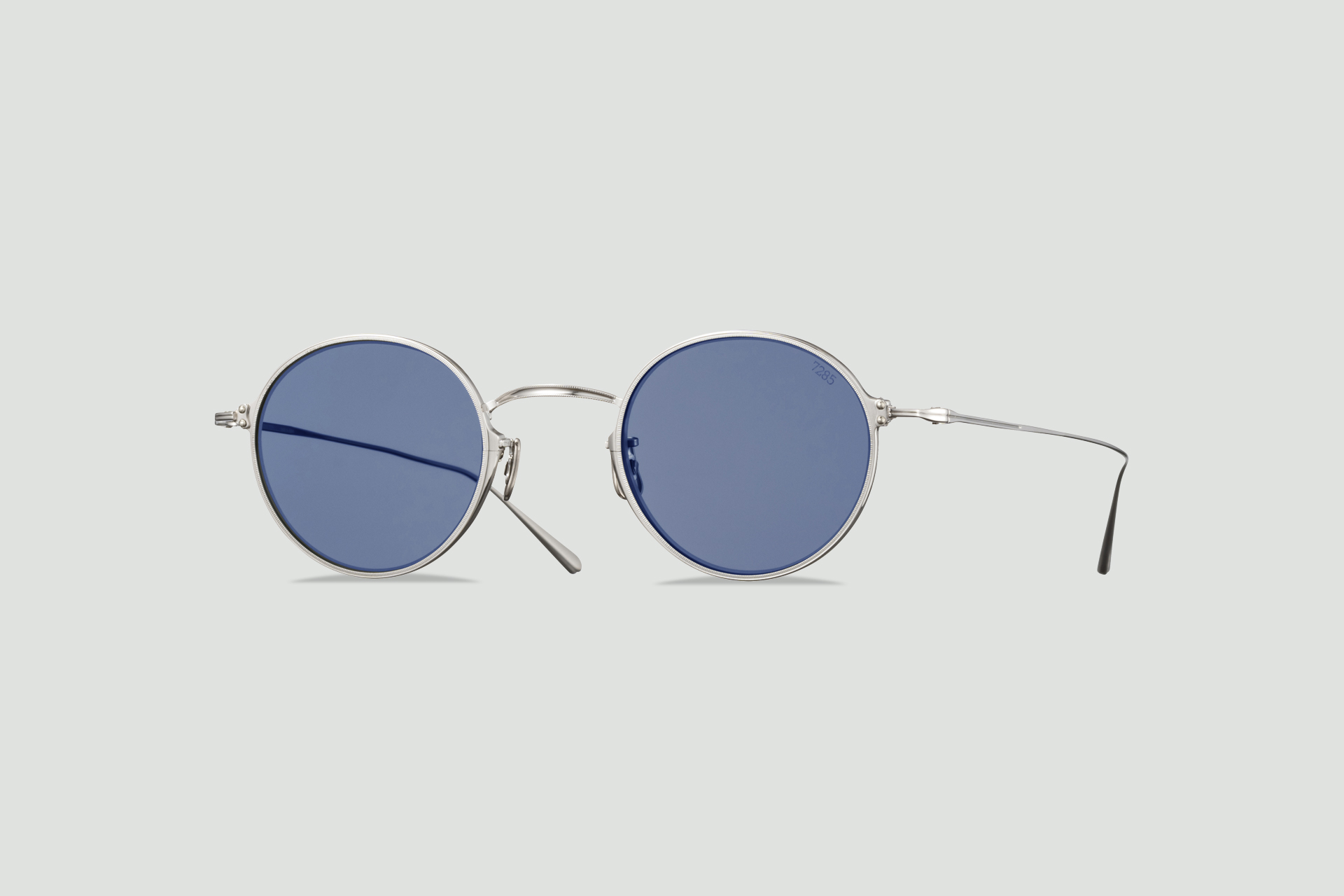
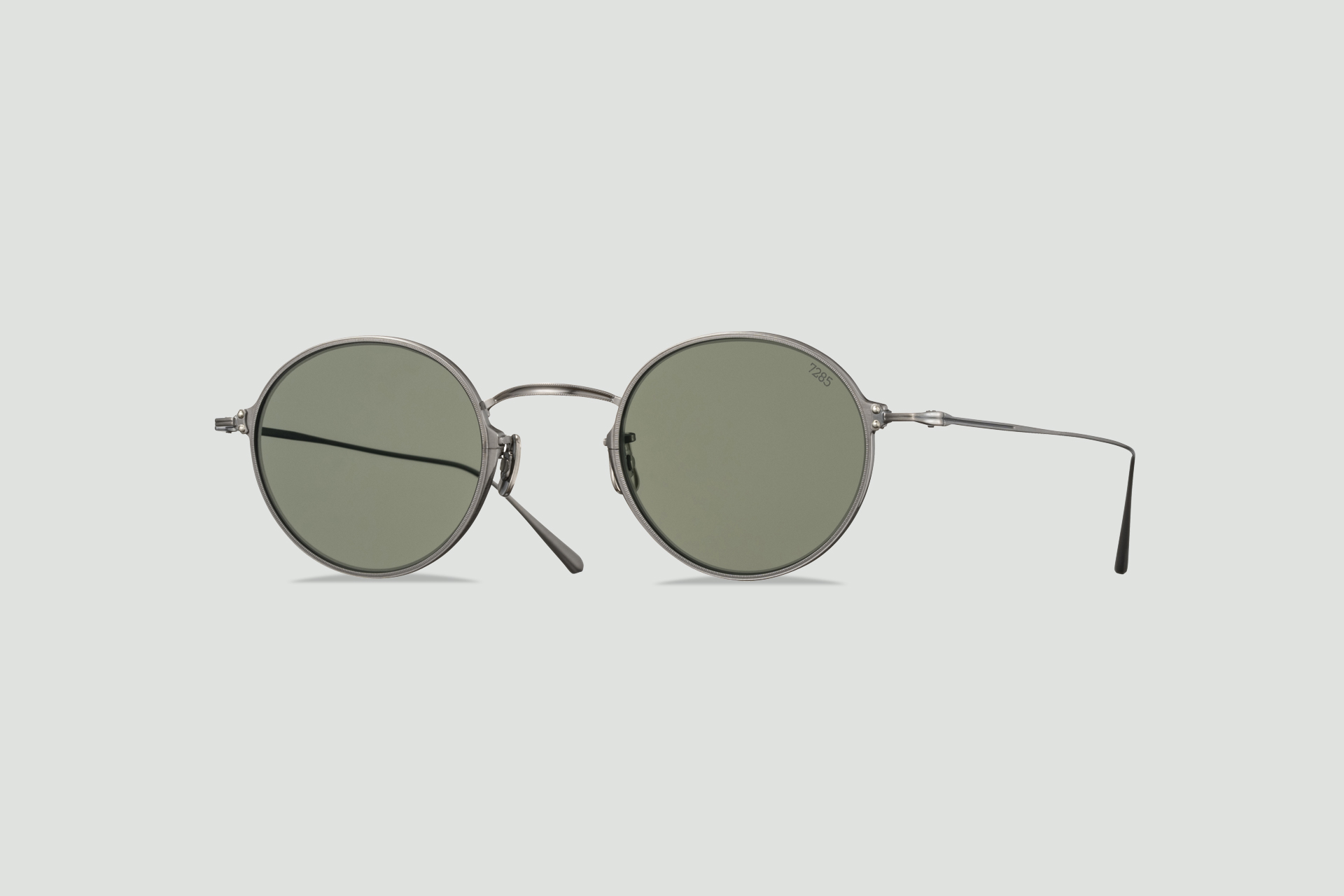
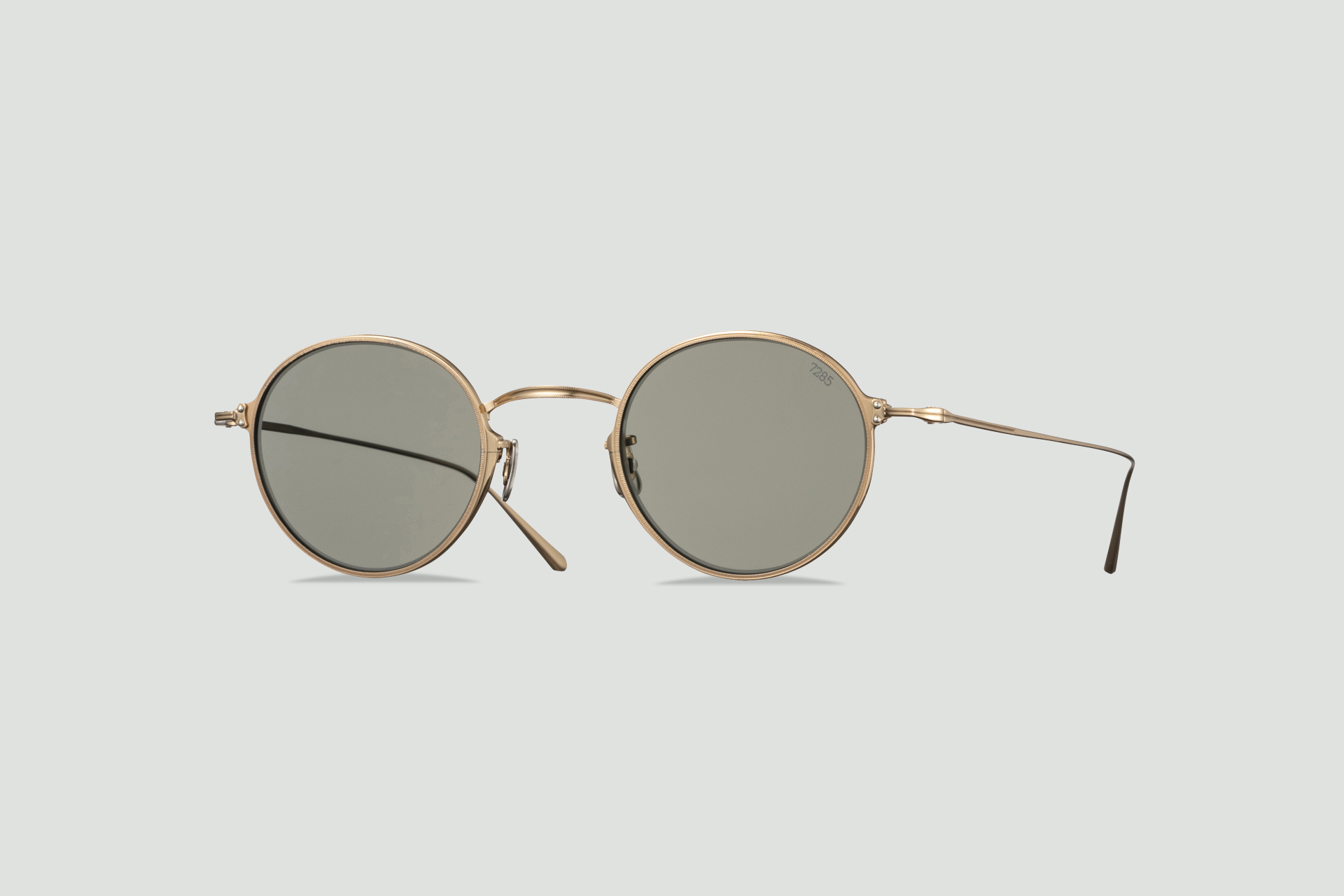
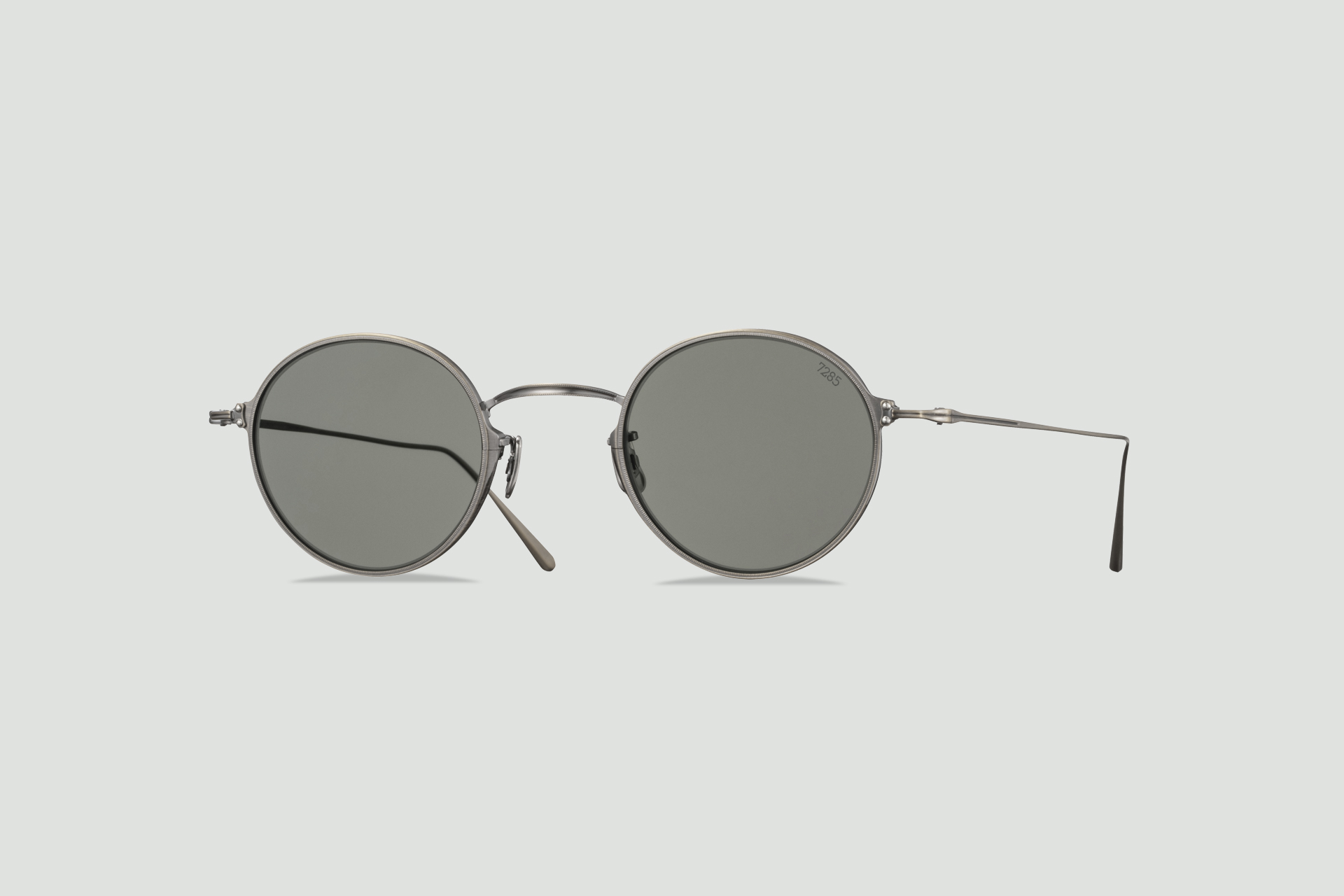
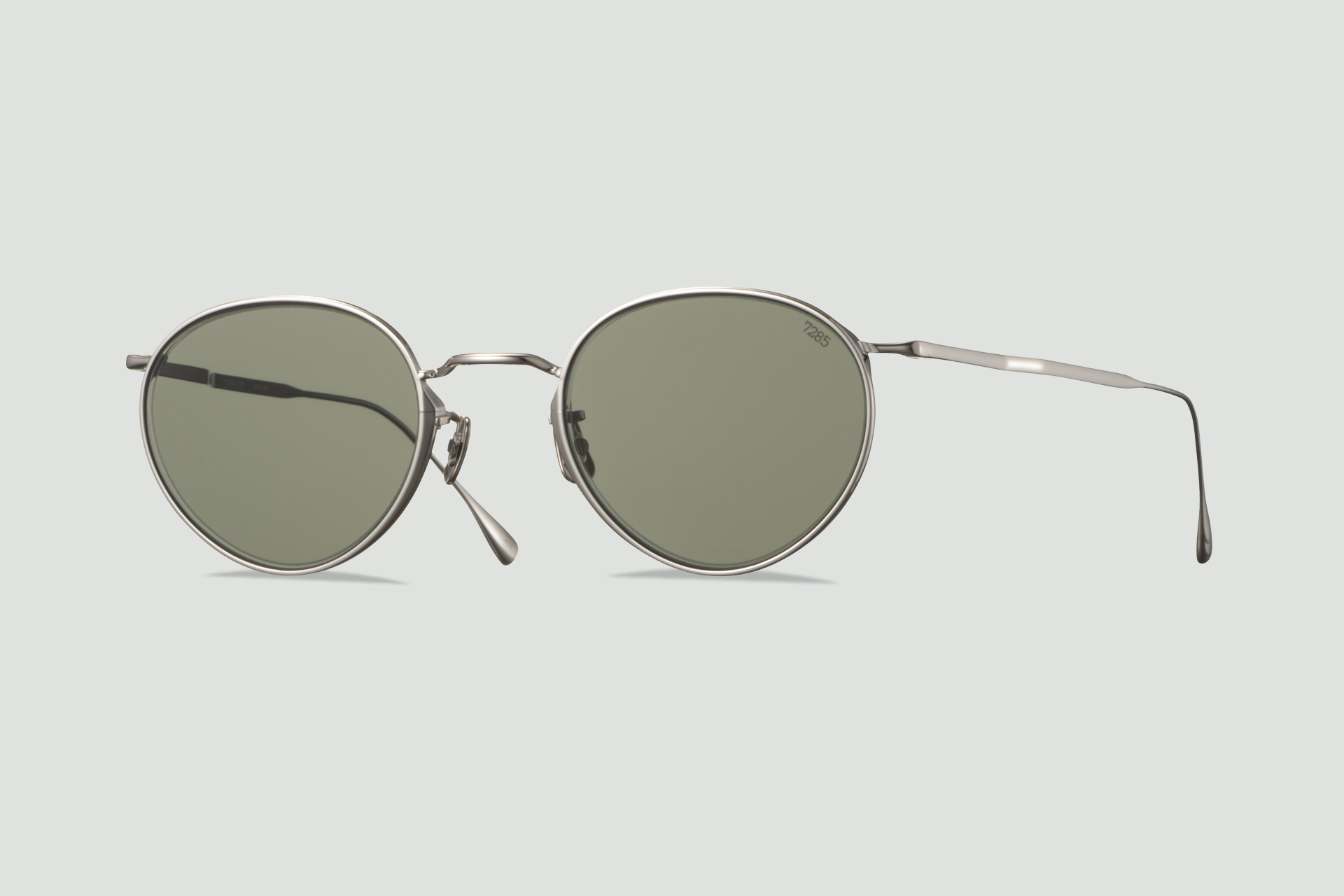
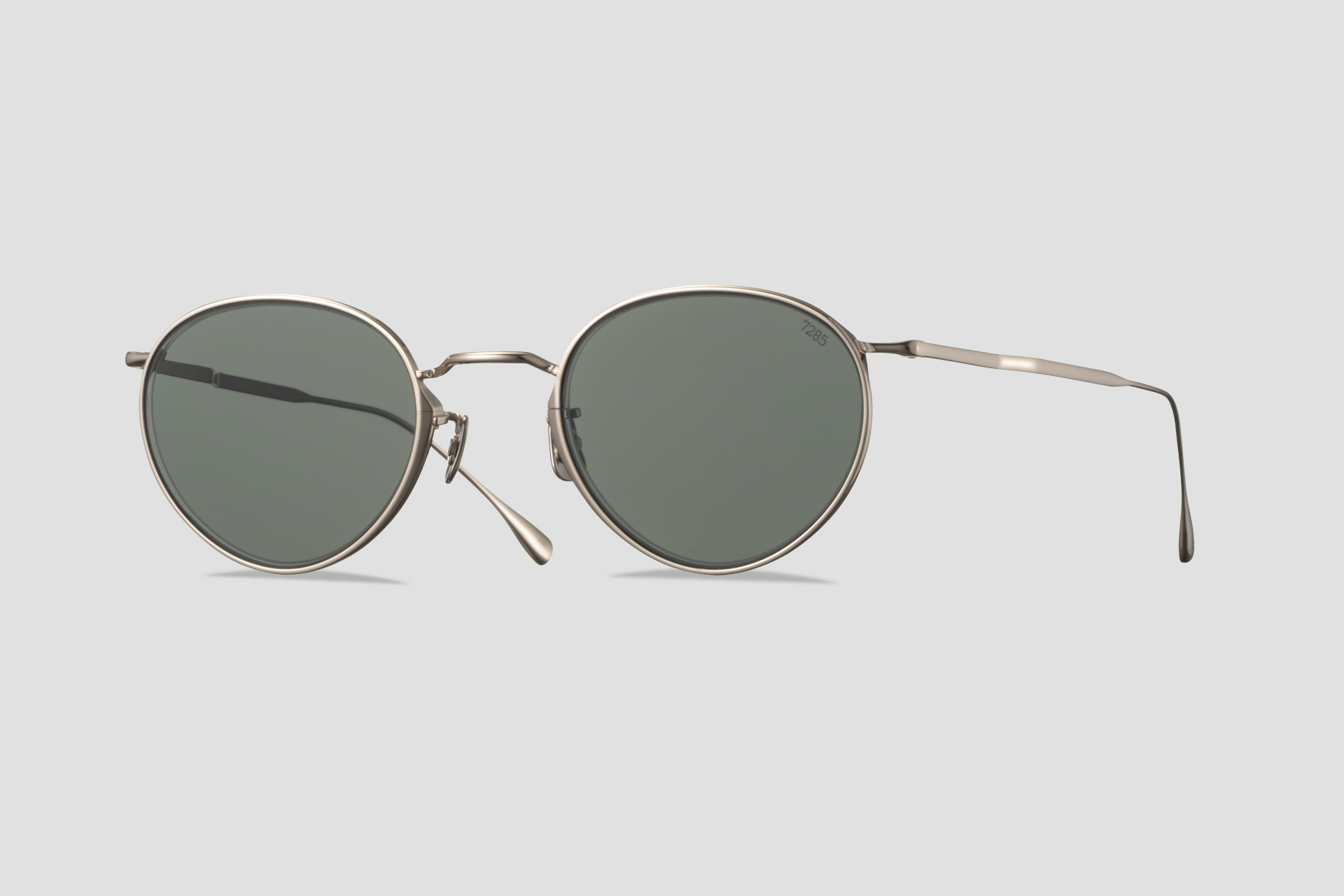
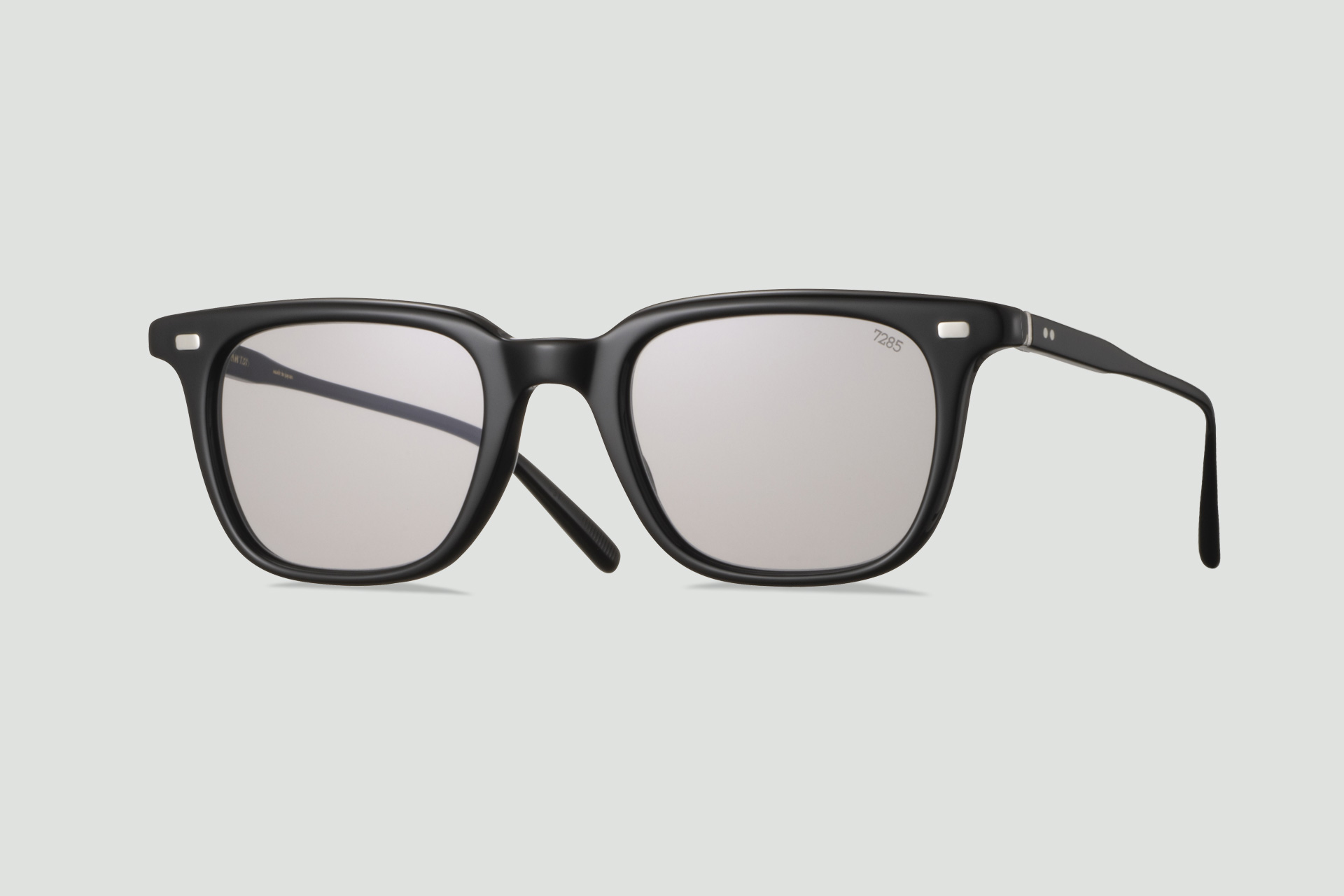
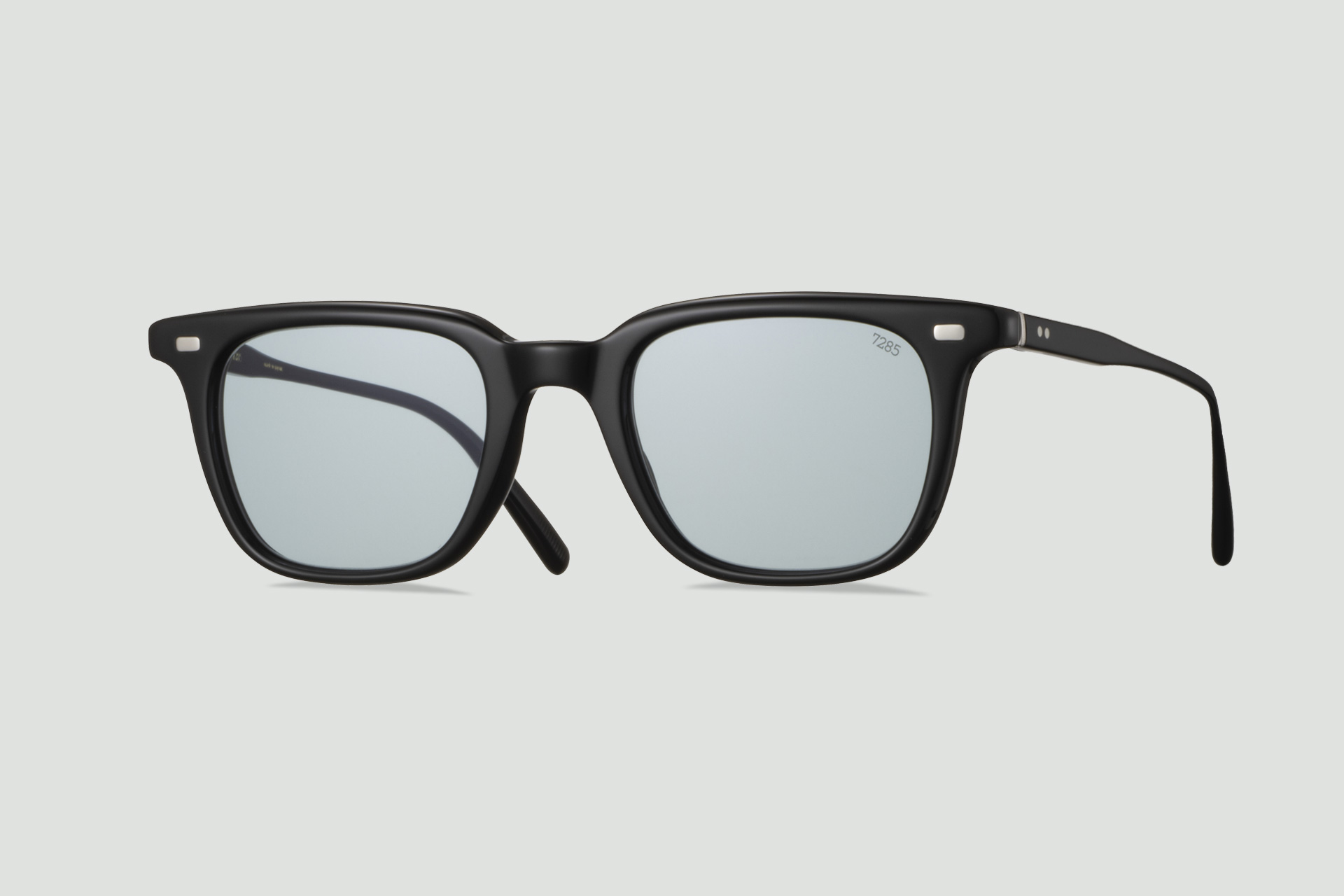
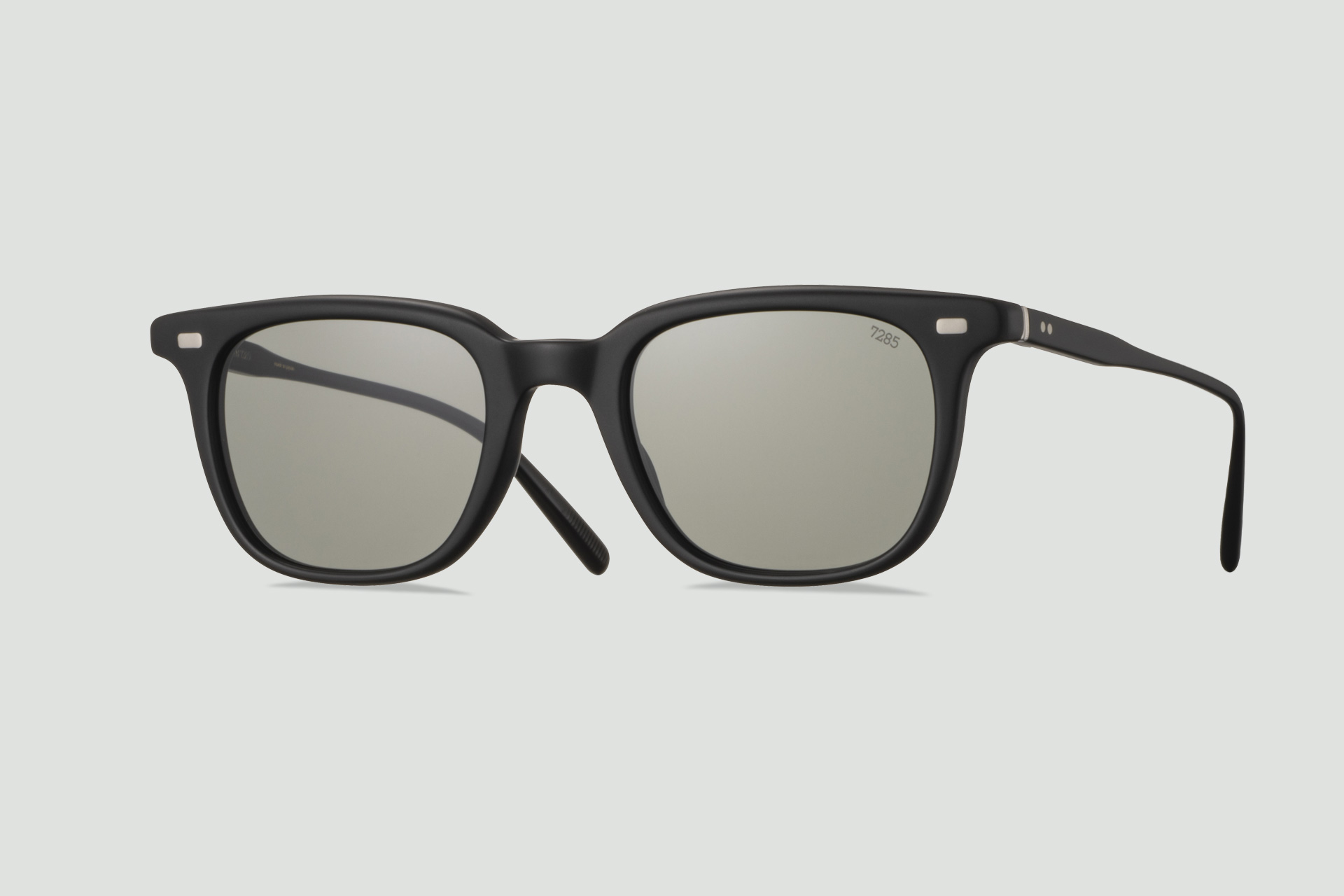
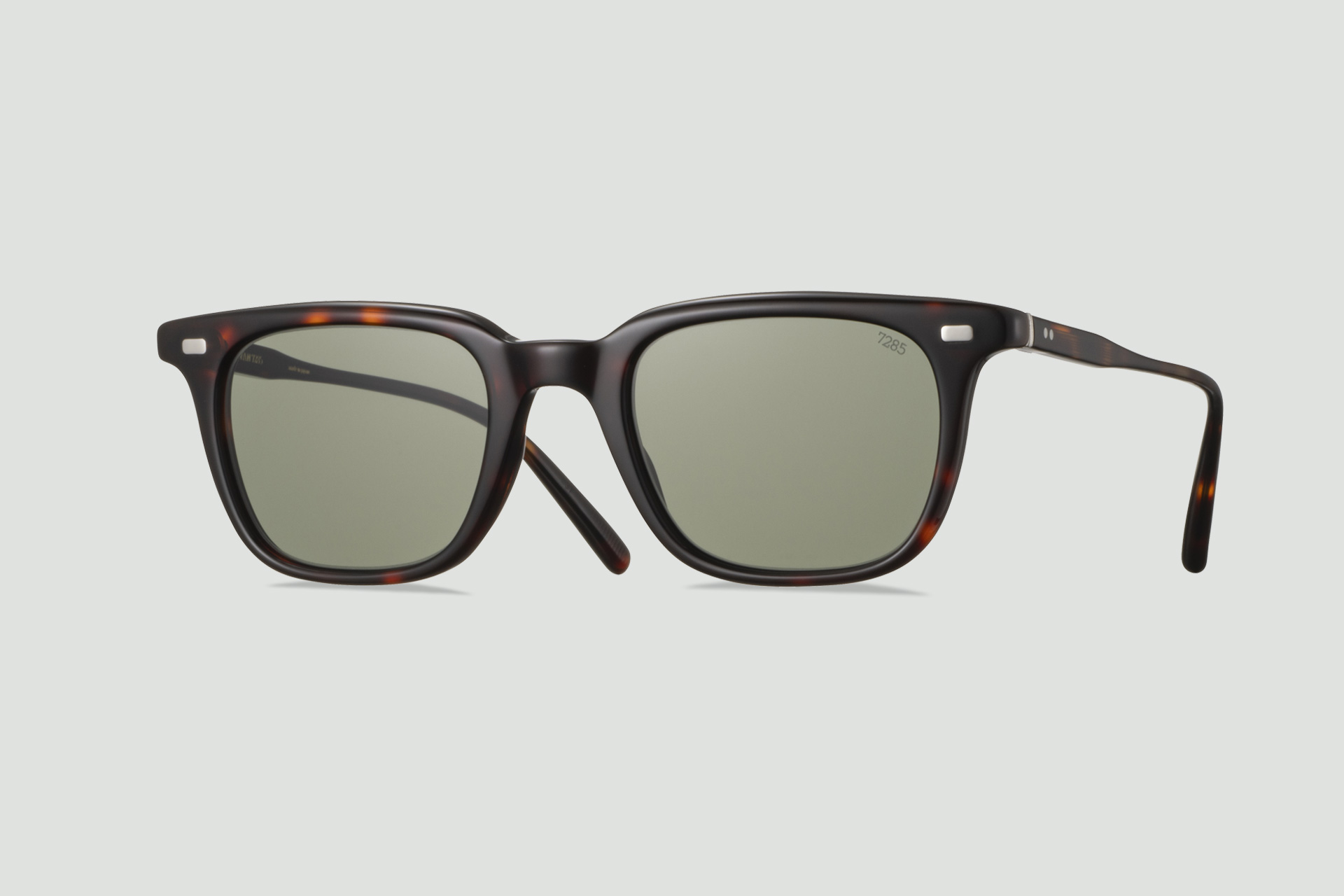
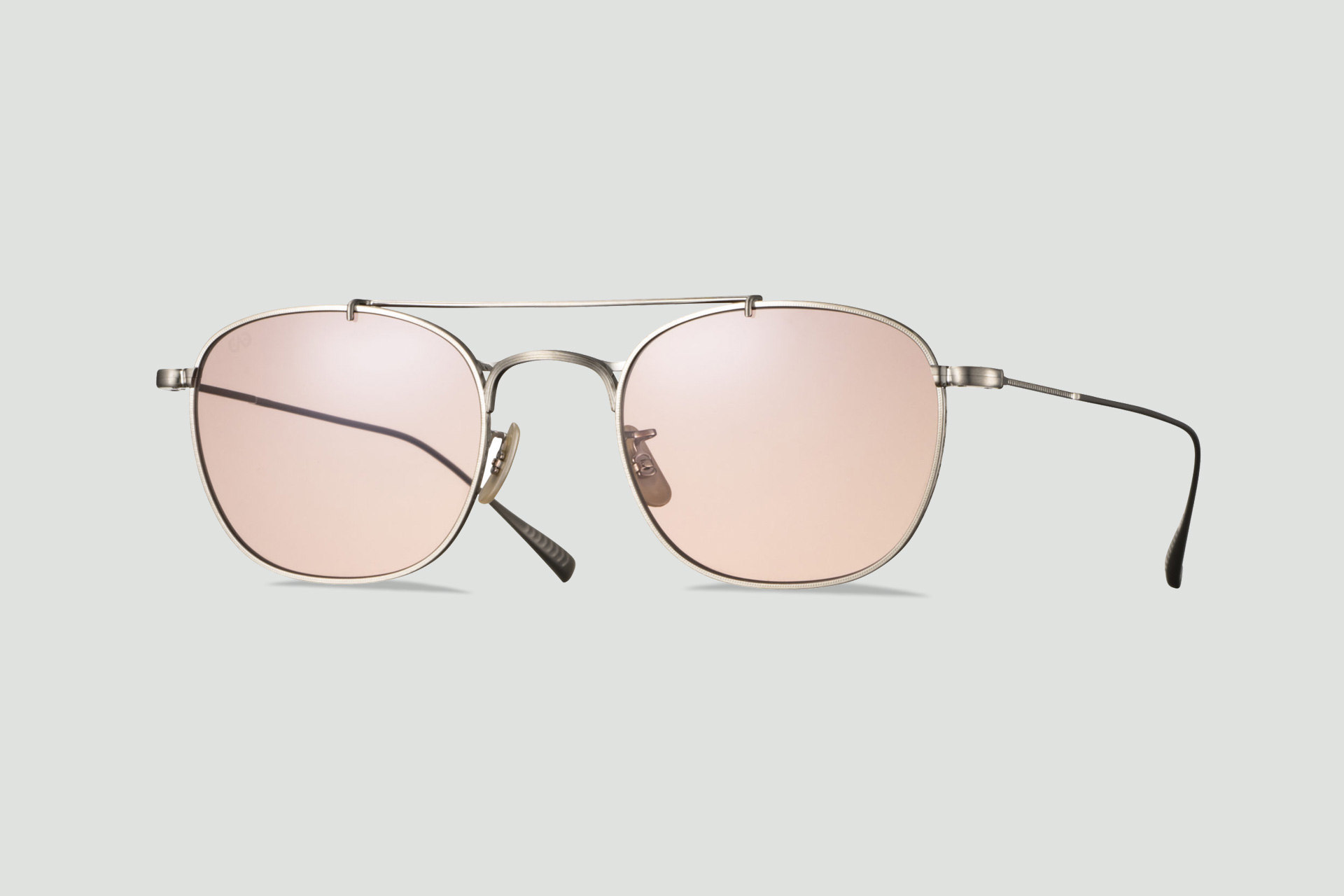
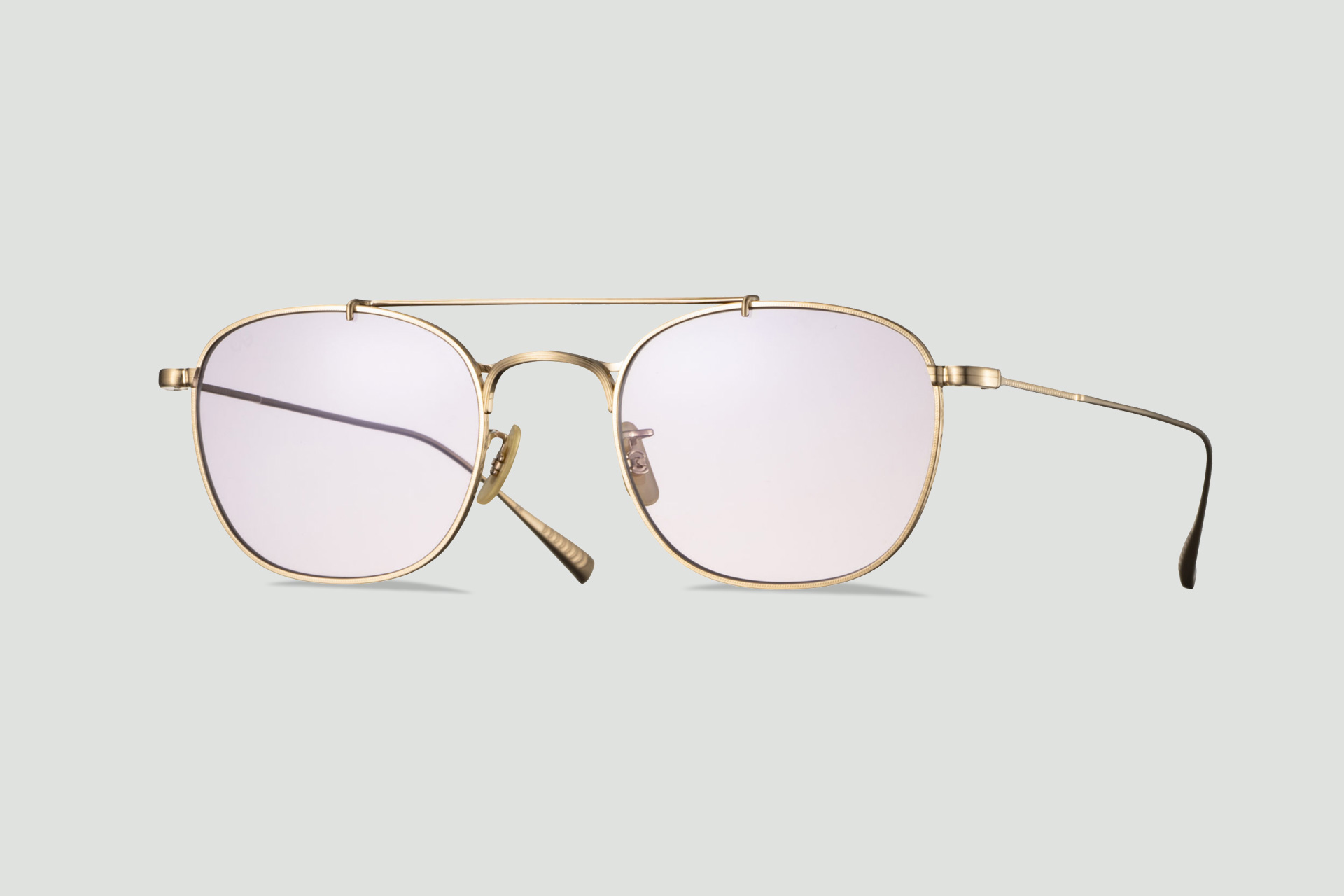
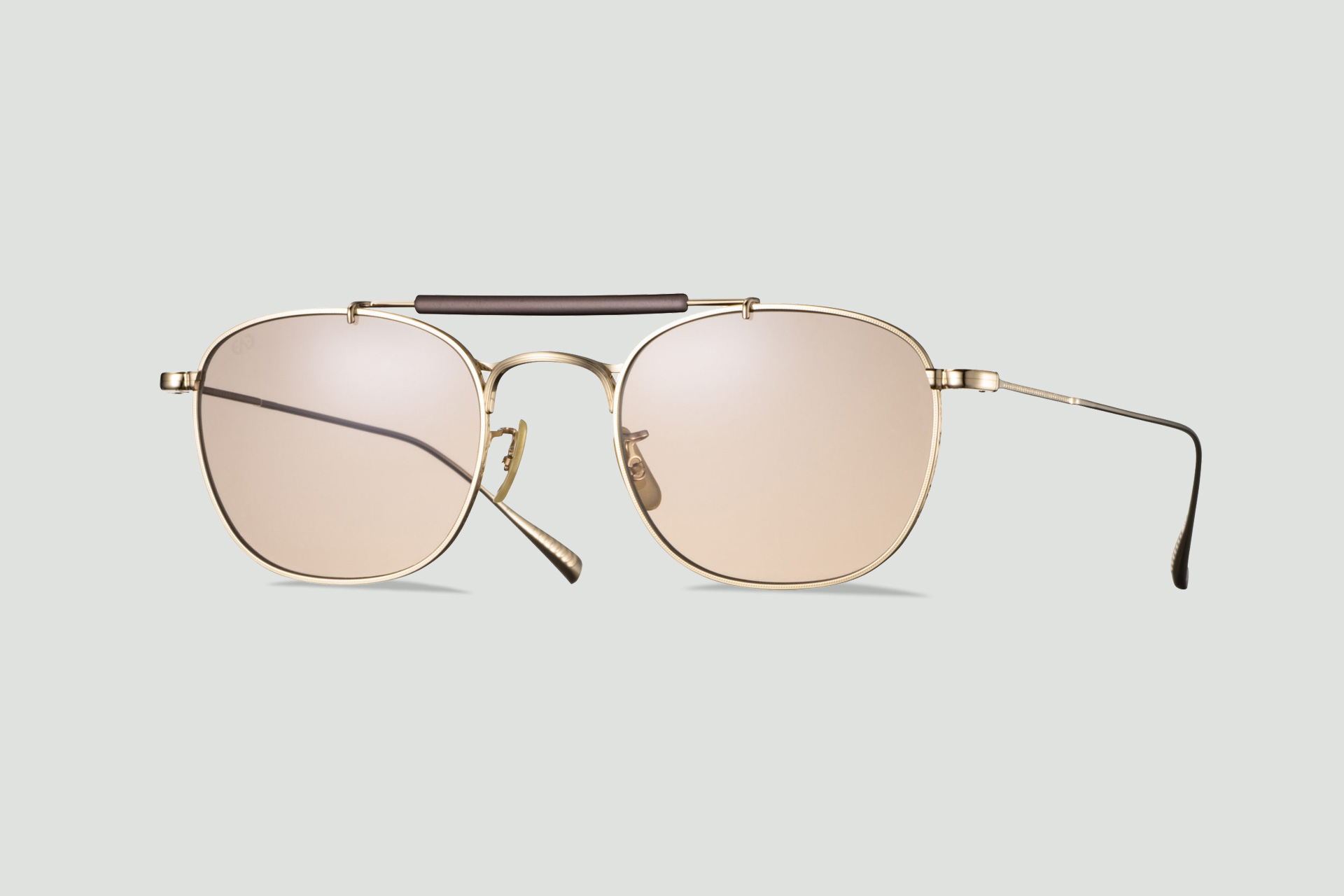
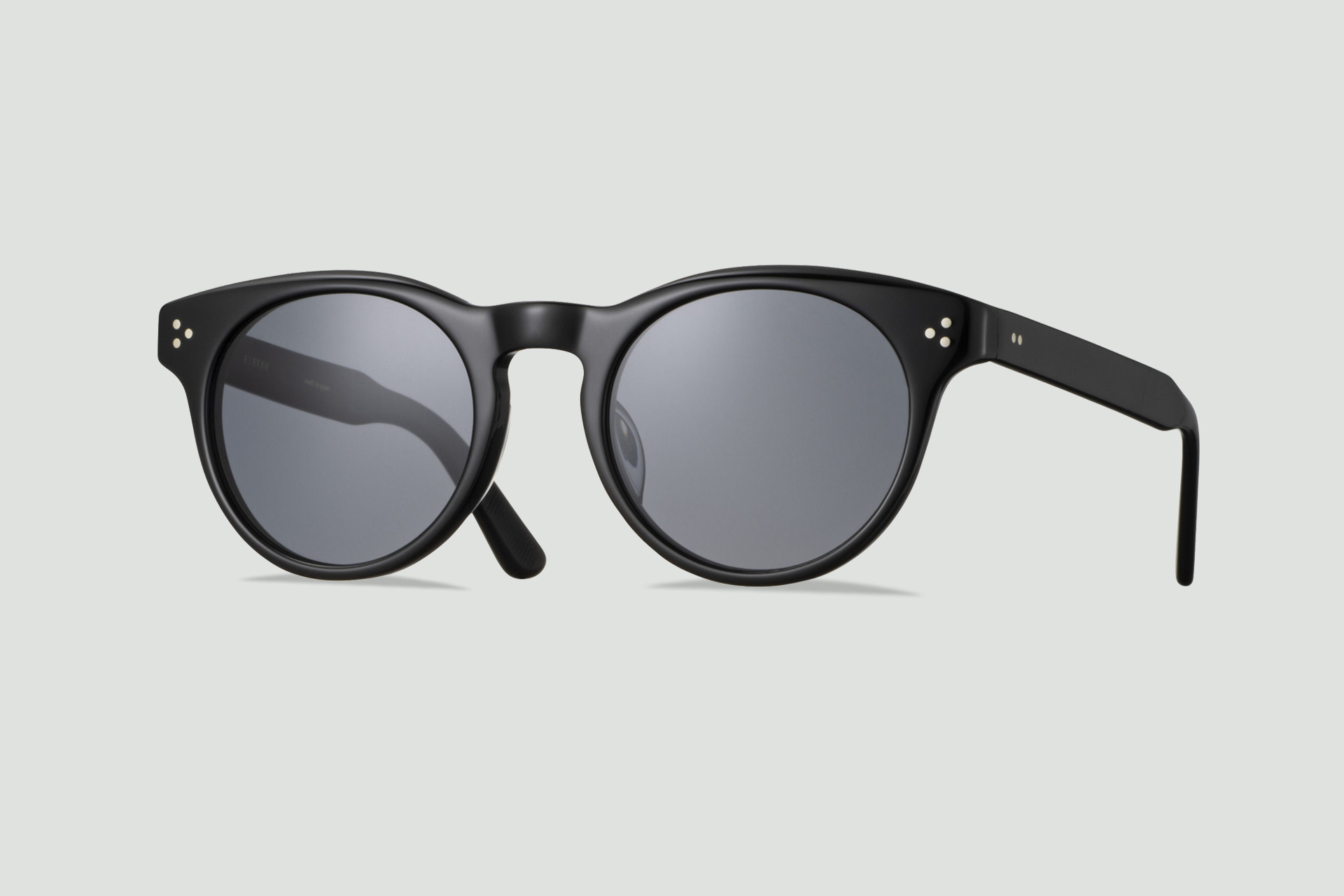
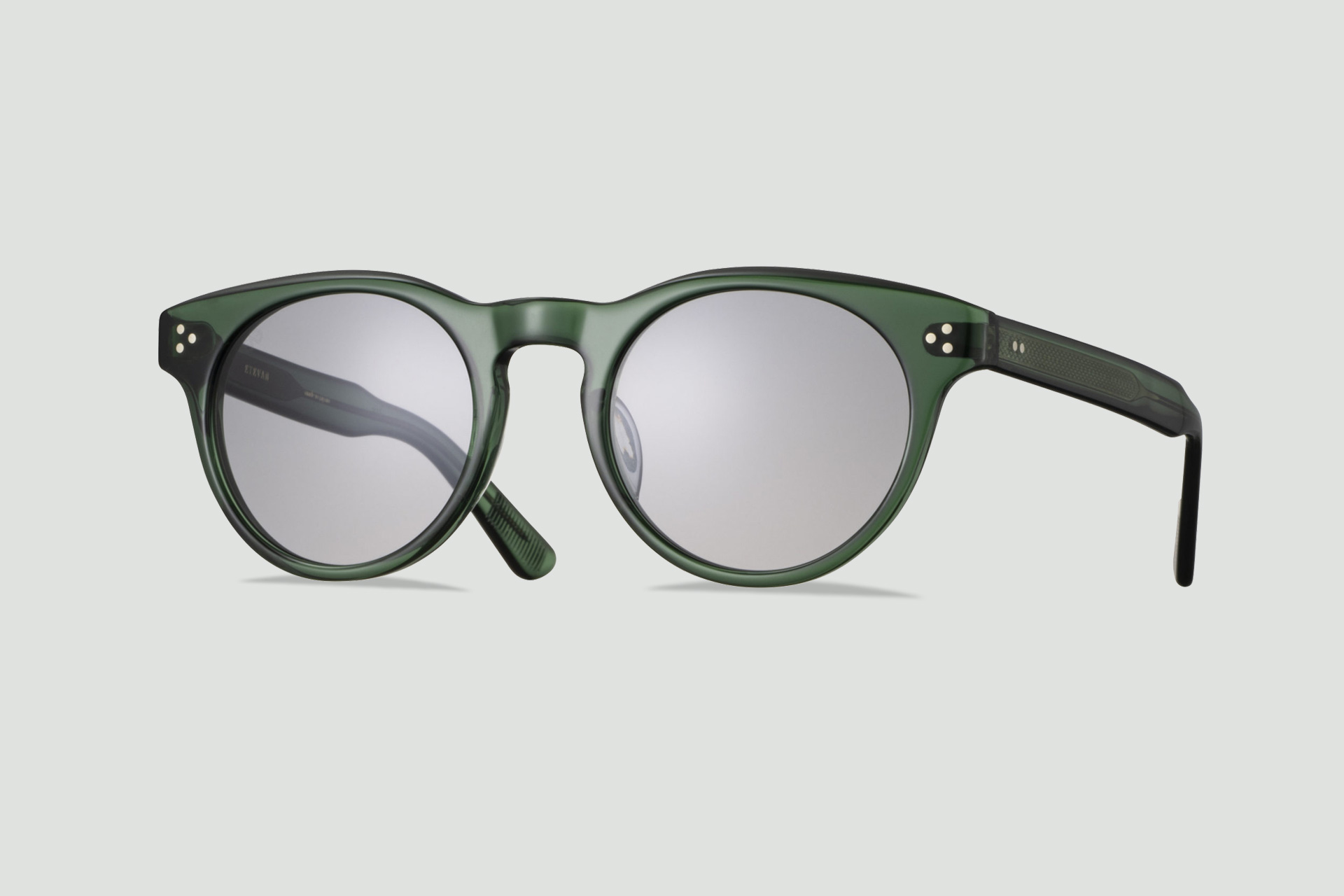
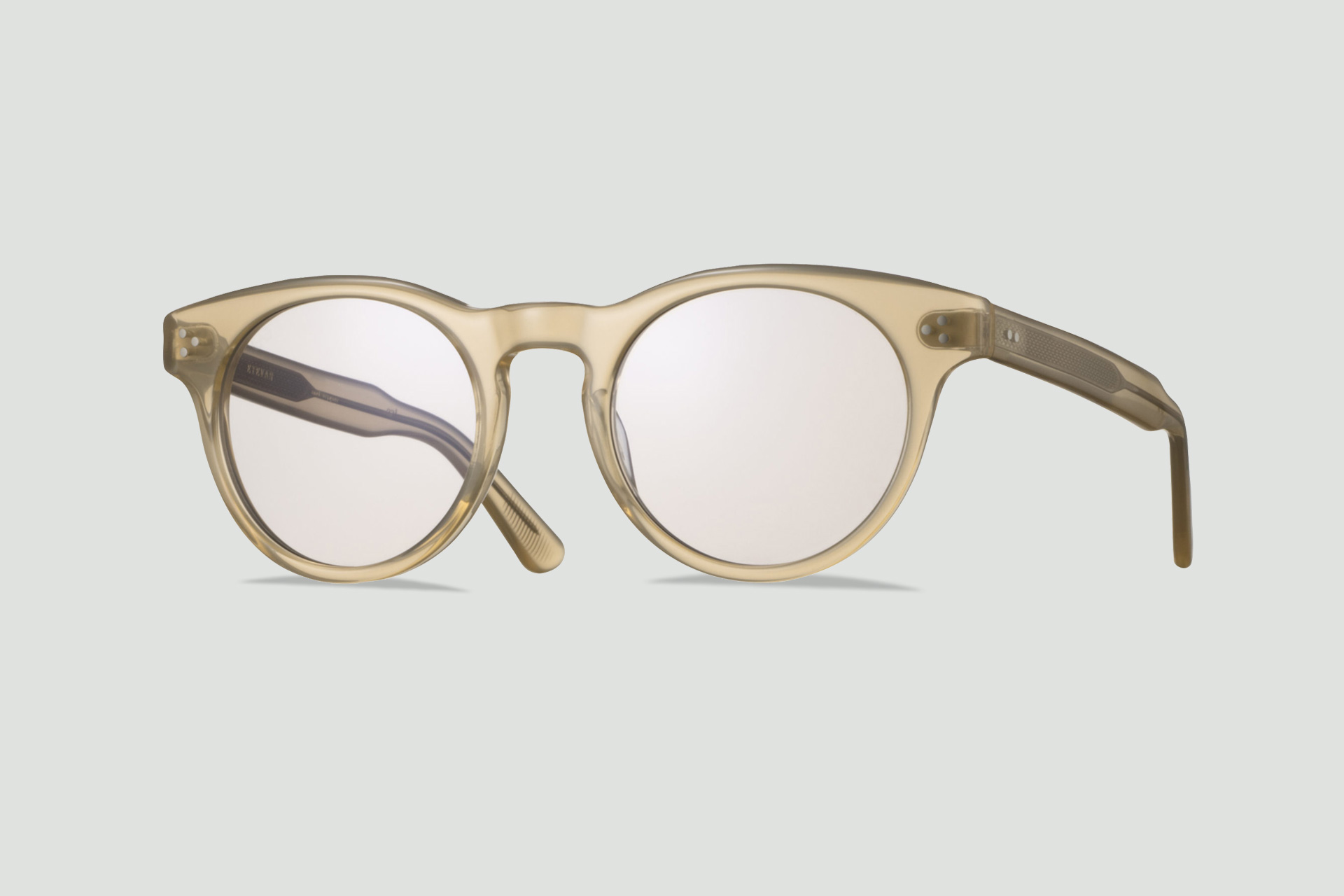
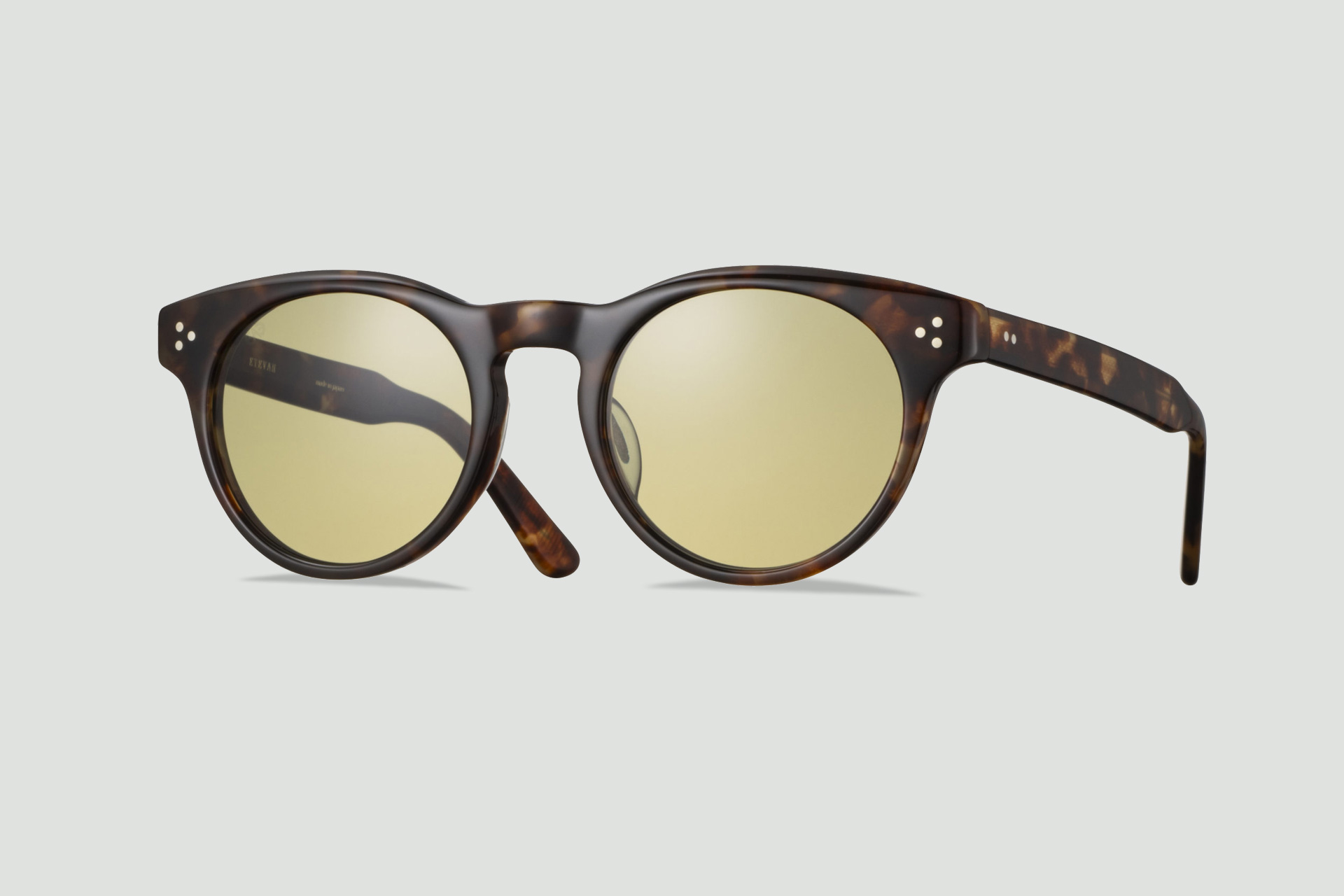
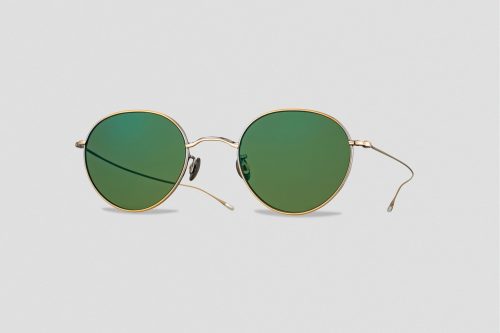
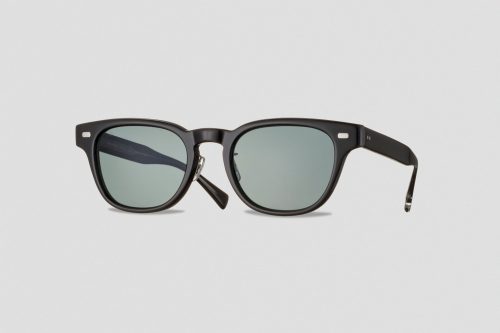
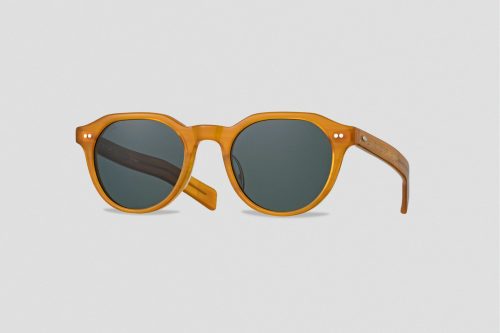
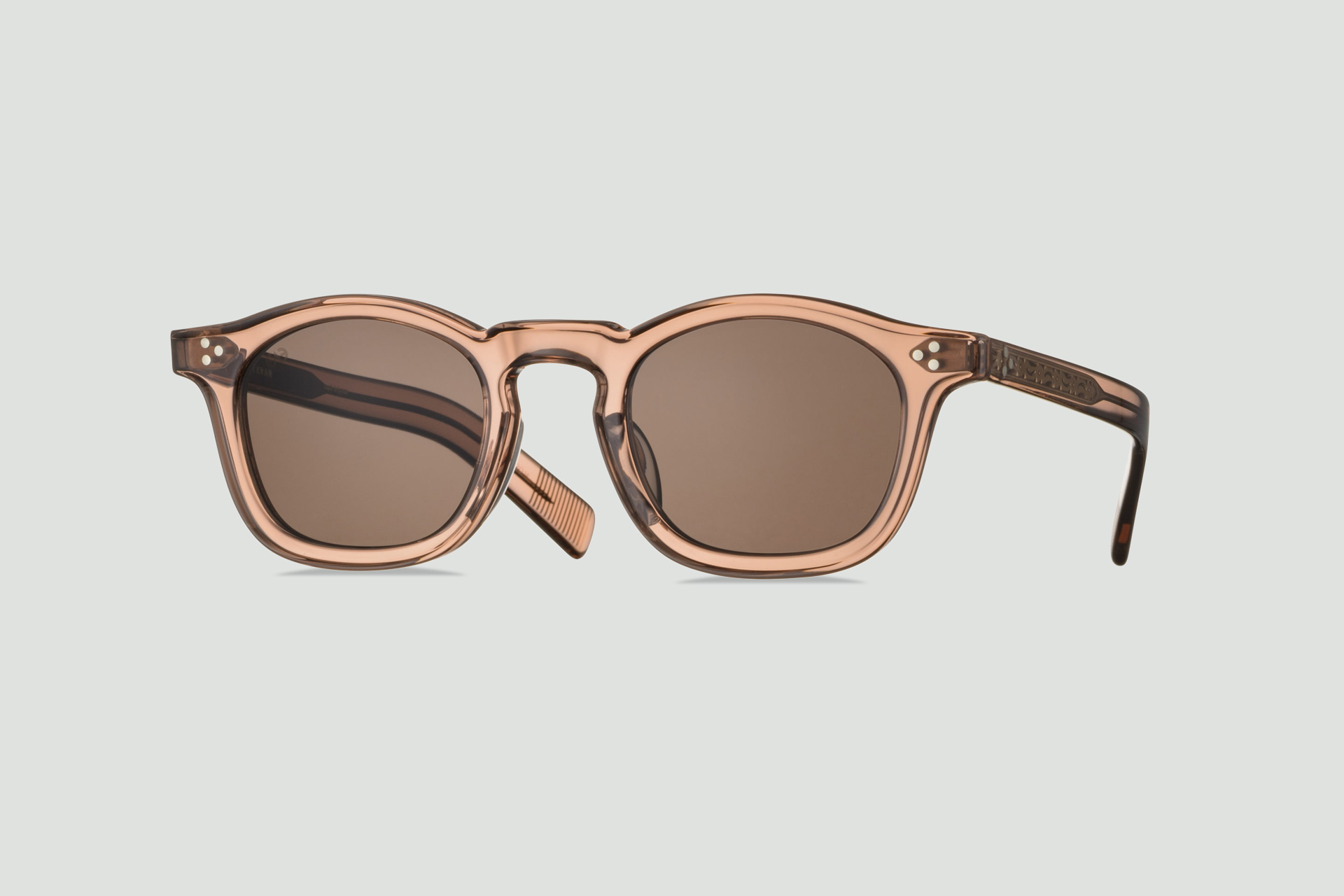
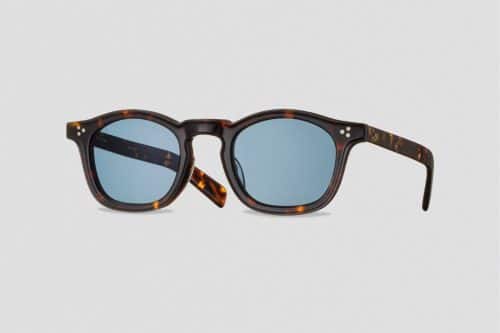
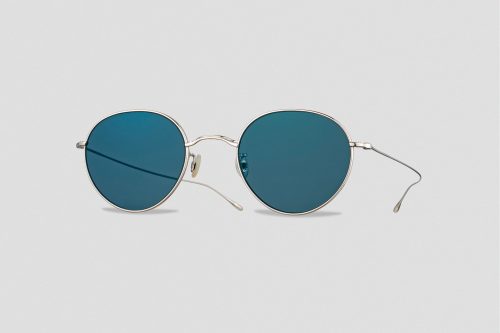
05 Sept 2023